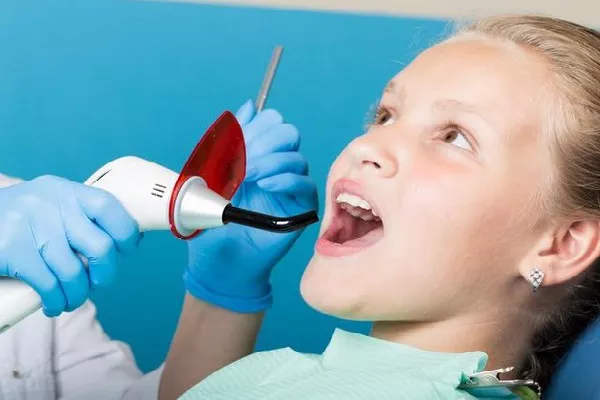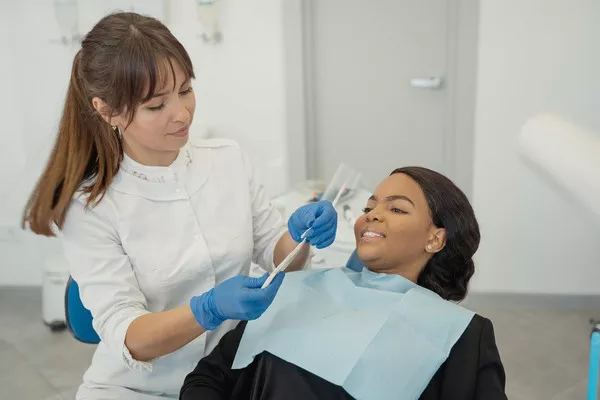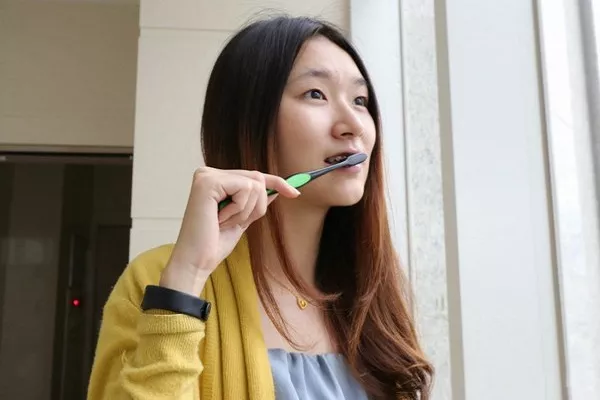Orthodontic treatment involves aligning teeth to create a beautiful and functional smile. Retainers are an integral part of post-treatment care, helping to maintain the corrected tooth positions. However, a common question that arises is whether retainers can move teeth back to their original positions after six months. In this article, we will explore the role of retainers in orthodontic treatment, their effectiveness in maintaining tooth alignment, and the importance of wearing retainers as prescribed by the orthodontist.
The Purpose of Retainers
Retainers are dental appliances prescribed after the active phase of orthodontic treatment, such as braces or aligners. The primary purpose of retainers is to prevent teeth from shifting back to their original, misaligned positions. After the initial orthodontic treatment, teeth have a natural tendency to revert to their pre-treatment positions due to factors such as natural aging, jaw growth, and muscular forces.
Types of Retainers
There are two main types of retainers used in orthodontic treatment:
a) Fixed Retainers: Fixed retainers, also known as bonded or permanent retainers, are thin wires that are custom-made to fit the back surfaces of the front teeth. These wires are bonded to the teeth using dental adhesive and remain in place long-term to provide continuous retention.
b) Removable Retainers: Removable retainers are made from acrylic and wire or clear plastic materials. They are designed to be easily taken out for cleaning and can be worn according to the orthodontist’s instructions.
The Retention Phase
The retention phase of orthodontic treatment is crucial for ensuring the long-term stability of the teeth. During this phase, the newly aligned teeth settle into their corrected positions and the surrounding bone and tissues adapt to the changes. This process typically takes several months.
Can Retainers Move Teeth Back After 6 Months?
After six months of wearing retainers regularly, the teeth are relatively stable in their new positions. However, it is essential to continue wearing retainers as prescribed by the orthodontist. Although teeth may not fully revert to their original positions after six months, there is still a risk of minor shifting if retainers are not worn consistently.
Importance of Wearing Retainers as Prescribed
Consistent wear of retainers is crucial for maintaining the alignment achieved during orthodontic treatment. Neglecting to wear retainers as prescribed by the orthodontist can lead to gradual shifting of the teeth, compromising the treatment’s effectiveness.
Long-Term Retainer Wear
To ensure the lasting success of orthodontic treatment, it is common for orthodontists to recommend long-term retainer wear. While the frequency of wearing retainers may decrease over time, it is essential to continue using them to prevent any significant tooth movement.
Duration of Retainer Wear
The duration of retainer wear varies from patient to patient and depends on several factors, including the severity of the initial misalignment, individual oral anatomy, and age. In some cases, patients may be advised to wear retainers indefinitely, while others may eventually transition to wearing them only at night.
Maintaining Retainers
Proper maintenance of retainers is crucial for their effectiveness and longevity. Here are some essential tips for maintaining retainers:
a) Regular Cleaning: Clean removable retainers daily using a soft toothbrush and mild soap or denture cleaner. Avoid using hot water, as it can distort the retainer.
b) Handle with Care: Handle removable retainers gently to prevent bending or breakage.
c) Keep Them Safe: When not in use, store removable retainers in their protective case to avoid loss or damage.
d) Regular Check-ups: Attend regular dental check-ups to monitor the condition of the retainers and overall oral health.
e) Communicate with the Orthodontist: If there are any issues with the retainers or concerns about tooth movement, consult the orthodontist promptly.
Conclusion
Retainers play a vital role in maintaining the results of orthodontic treatment and preventing teeth from shifting back to their original positions. After six months of wearing retainers regularly, the teeth are relatively stable, but it is crucial to continue wearing retainers as prescribed by the orthodontist to ensure their effectiveness. Consistent retainer wear and proper maintenance are essential for achieving a lasting and beautiful smile. Remember to communicate with the orthodontist regularly and attend dental check-ups to monitor the condition of the retainers and overall oral health. With proper care and adherence to the orthodontist’s recommendations, retainers can help preserve the results of orthodontic treatment for years to come.
Related Topics:




























